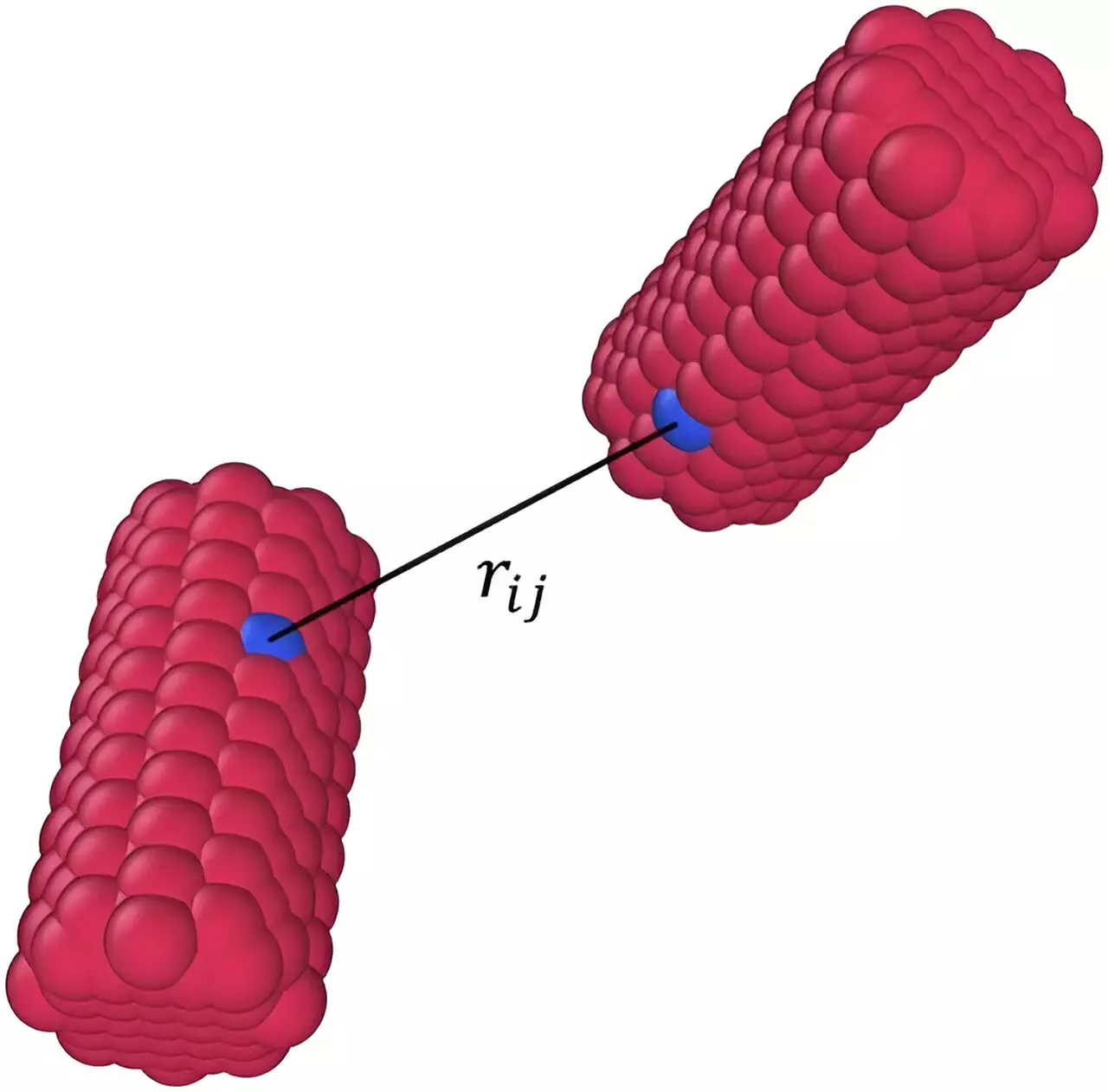Particle simulation has long been a crucial aspect of understanding the behavior of various materials. While simulating spherical particles is relatively straightforward, the real-world consists of particles with irregular shapes and sizes, posing a significant challenge to researchers. In a recent breakthrough, researchers at the University of Illinois Urbana-Champaign have leveraged neural networks to predict interactions between irregularly shaped particles, accelerating molecular dynamics simulations by up to 23 times.
Understanding the behavior of irregularly shaped particles is essential, especially in the context of environmental challenges such as microplastic pollution. Microplastics, which are prevalent in the environment, exhibit diverse shapes and sizes, making traditional simulation methods inefficient and time-consuming. Professor Antonia Statt emphasizes the importance of developing new, faster, and more cost-effective methods to simulate these particles accurately.
While simulating spherical particles only requires the distance between the centers of the spheres, dealing with irregular shapes like cubes or cylinders becomes significantly more complex. The conventional approach of modeling cubes with small spheres is not only cumbersome but also computationally expensive. However, by employing machine learning, specifically feed-forward neural networks, researchers can create a versatile framework for predicting interactions between irregular shapes efficiently.
The utilization of neural networks in particle simulation offers several advantages over traditional methods. By training the neural network on sufficient data, researchers can predict interactions between irregularly shaped particles without the need to calculate individual distances between components. This approach streamlines the simulation process, making it both faster and more cost-effective while maintaining accuracy comparable to traditional methods.
Looking ahead, Professor Statt envisions expanding the application of neural network acceleration to simulate even more complex irregular shapes and mixtures of different particle types. By further refining the neural network model and incorporating a broader range of training data, researchers aim to enhance the efficiency and versatility of particle simulation techniques. Collaborations with experts in various disciplines, such as mechanical engineering and physics, will continue to drive innovation in this field.
The integration of neural networks into particle simulation represents a significant advancement in understanding and predicting the interactions of irregularly shaped particles. With ongoing research and development efforts, the potential for accelerating molecular dynamics simulations and addressing pressing environmental challenges becomes increasingly promising.


Leave a Reply